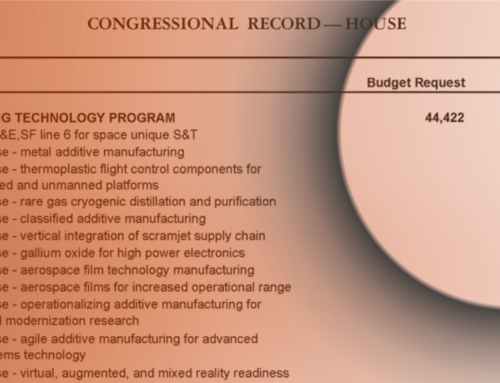Today, after months of delay, the Administration put some flesh to the bones of its Overseas Contingency Operations (OCO) request for fiscal year (FY) 2015. The good news is that the original placeholder amount of $79.4 billion has been marginally reduced to $58.6 billion for the Pentagon. (As well as $7.3 billion in OCO for the State Department.) And that may be all the good news we can find in this request.
We think it’s outrageous that the Administration continues to use the OCO account to circumvent the agreed upon caps placed on the Pentagon budget. The Pentagon’s base budget is nearly a half trillion dollars, that should be plenty to meet all its obligations. But rather than managing its resources by eliminating wasteful spending, the Pentagon has shifted items that should be in the base budget into OCO. Because OCO funds are not subject to spending caps, this sleight-of-hand creates an illusion that the Pentagon is complying with the modest limits Congress and the Administration agreed to as recently as December. Read more about our thoughts on OCO here.
The Chairman of the House Armed Services Committee appears to agree with our concerns, at least in part. When the committee acted on Pentagon legislation early in May, the Chairman’s remarks on passage of the bill included this: “Finally, Chairman McKeon remains concerned that in an era of declining resources, many enduring requirements beyond the Afghanistan mission continue to be funded through the Overseas Contingency Operations account- this includes bases in the Middle East addressed elsewhere in this summary. As both the base budget and OCO are reduced, compounding pressures are placed on vital programs.” (Emphasis in the original.)
Unfortunately, the Committee authorized the full amount requested: $79.4 billion, even though the Administration provided not a single line item.
And today, when still waiting for those details to emerge from the Administration Chairman McKeon had this to say: “Congress is not a rubber stamp. The Armed Services Committee will examine the proposal closely, once it is actually transmitted and details are provided. I have a number of questions that will need to be answered as our Committee considers this request.”
At Taxpayers for Common Sense we couldn’t agree more, but actions speak louder than press releases. We’ll believe this rhetoric when we see the Committee actually taking a blue pencil to the request and challenging things like the Conterterrorism Partnerships Fund ($5 billion split between Defense and State), “enabling and supporting partners”($3 billion also split between Defense and State), Regional Stabilization Initiative ($1.5 billion split between Defense and State) and European Reassurance Initiative (Call us crazy, but we’ve always thought NATO was the European reassurance initiative. Guess not, because this is an additional $1 billion split between Defense and State.)
We look forward to the House Armed Services Committee’s consideration of this request because, while all of these things may take place “overseas”, they sound like long-term programs that can’t really be considered emergent “contingencies.”
In late May, the Administration revealed a few details with regard to the new counterterrorism fund. Specifically, that the Administration would, “…ask Congress to support a new Counterterrorism Partnerships Fund (CTPF), which will provide the flexibility and resources required to respond to emerging needs as terrorist threats around the world continue to evolve. The CTPF will build on existing tools and authorities to allow the Administration to respond to evolving terrorist threats. It will allow us to pursue a more sustainable and effective approach to combating terrorism that focuses on empowering and enabling our partners around the globe.”
And although the Administration carefully places phrases like “emerging needs” and “evolving terrorist threats” we think a new program like this should receive significant Congressional consideration and oversight before the taxpayers shell out $5 billion for what will surely become a long-term program.
And speaking of programs likely to turn into long-term initiatives, while the European Reassurance Initiative has laudable goals like, “The United States stands by its allies…” it also has the goal of, “Build the partner capacity of close friends such as Georgia, Moldova, and Ukraine so they can better work alongside the United States and NATO, as well as provide for their own defense.”
It’s hard for us to see this new fund as very different in it goals than the old “Partnership for Peace” in central Europe. PfP was specifically to help prepare aspirant countries for potential membership in NATO. And somehow, the U.S. portion of PfP was always funded through the base budget.
As the Administration continues to trickle out details of this massive request, we’ll keep digging for questionable uses of taxpayer money. And if the Congress is looking for some good questions to ask during oversight hearings, we’re happy to help.













Get Social